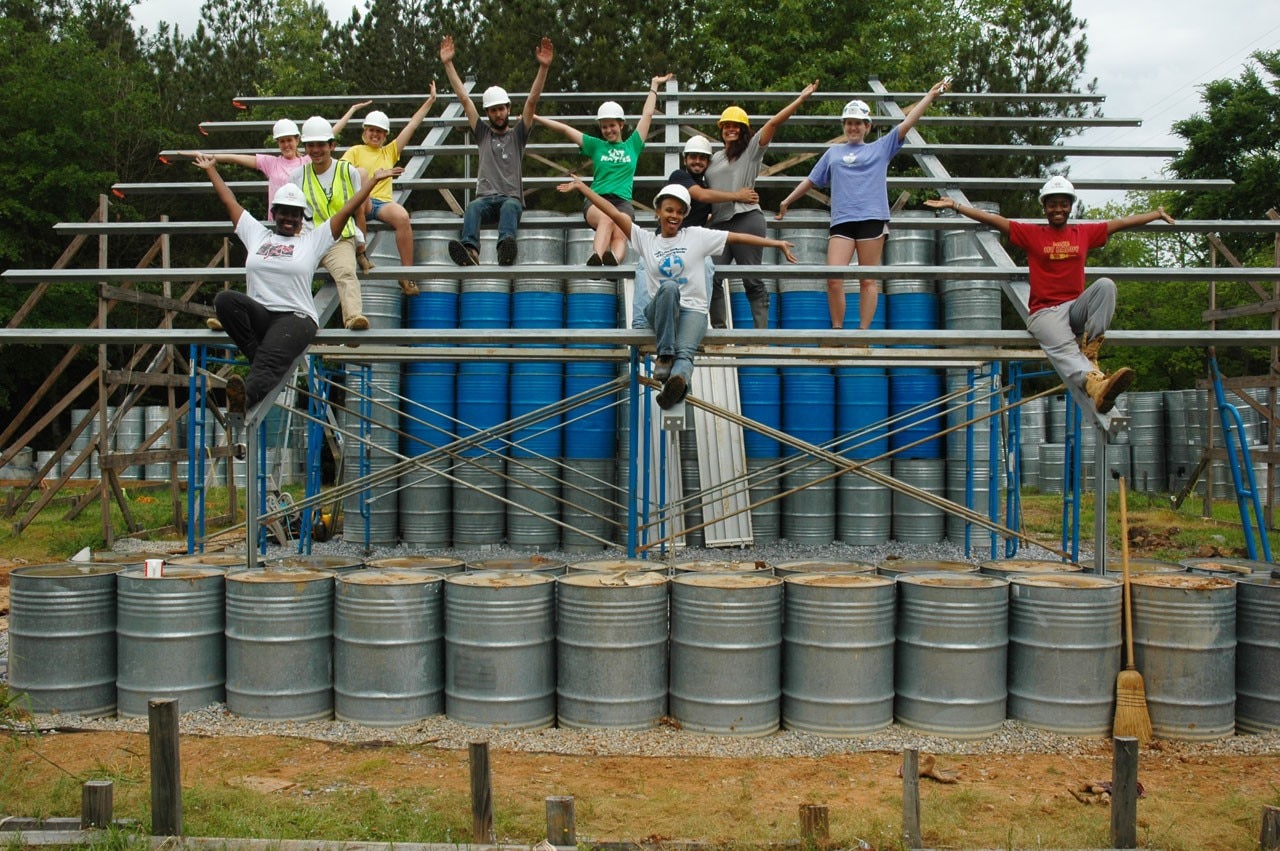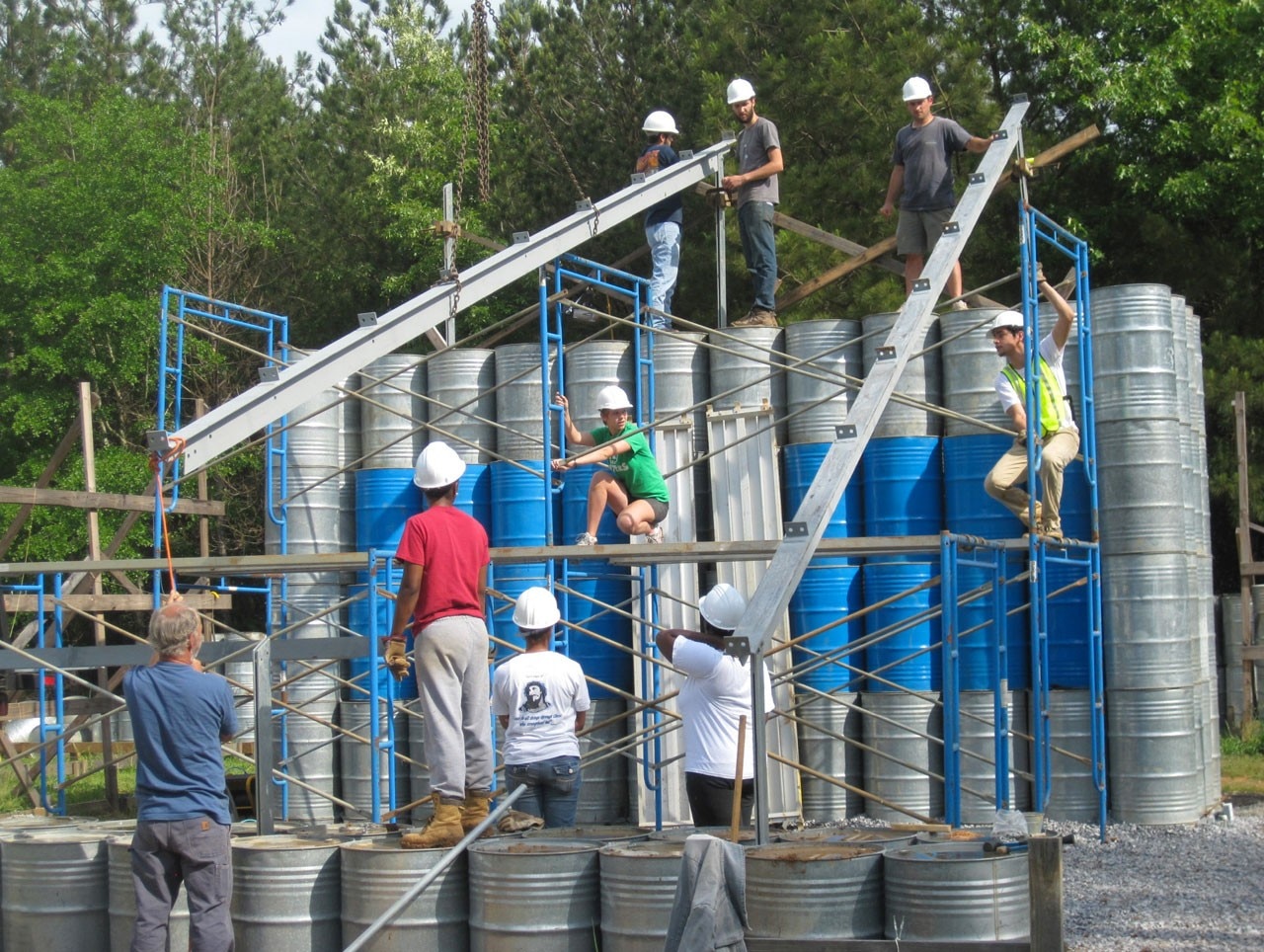
Having been under the direction of Andrew Freear since 2001, Rural Studio is a handful of appropriate and pertinent social-action maniacs who work on a daily basis in the human and physical Black Belt fabric of this extremely poor region in the States.
There are two training paths: one is a Bachelor course run by Elena and the other is a Master course conducted by Andrew, plus an Outreach for external students. Elena and Andrew – also partners in real life, evoking the Smithsons and Venturi and Scott-Brown – work with people as solid as they are authoritative, such as Xavier Vendrell, a former promise of Catalan architecture, at present a professor in Chicago.
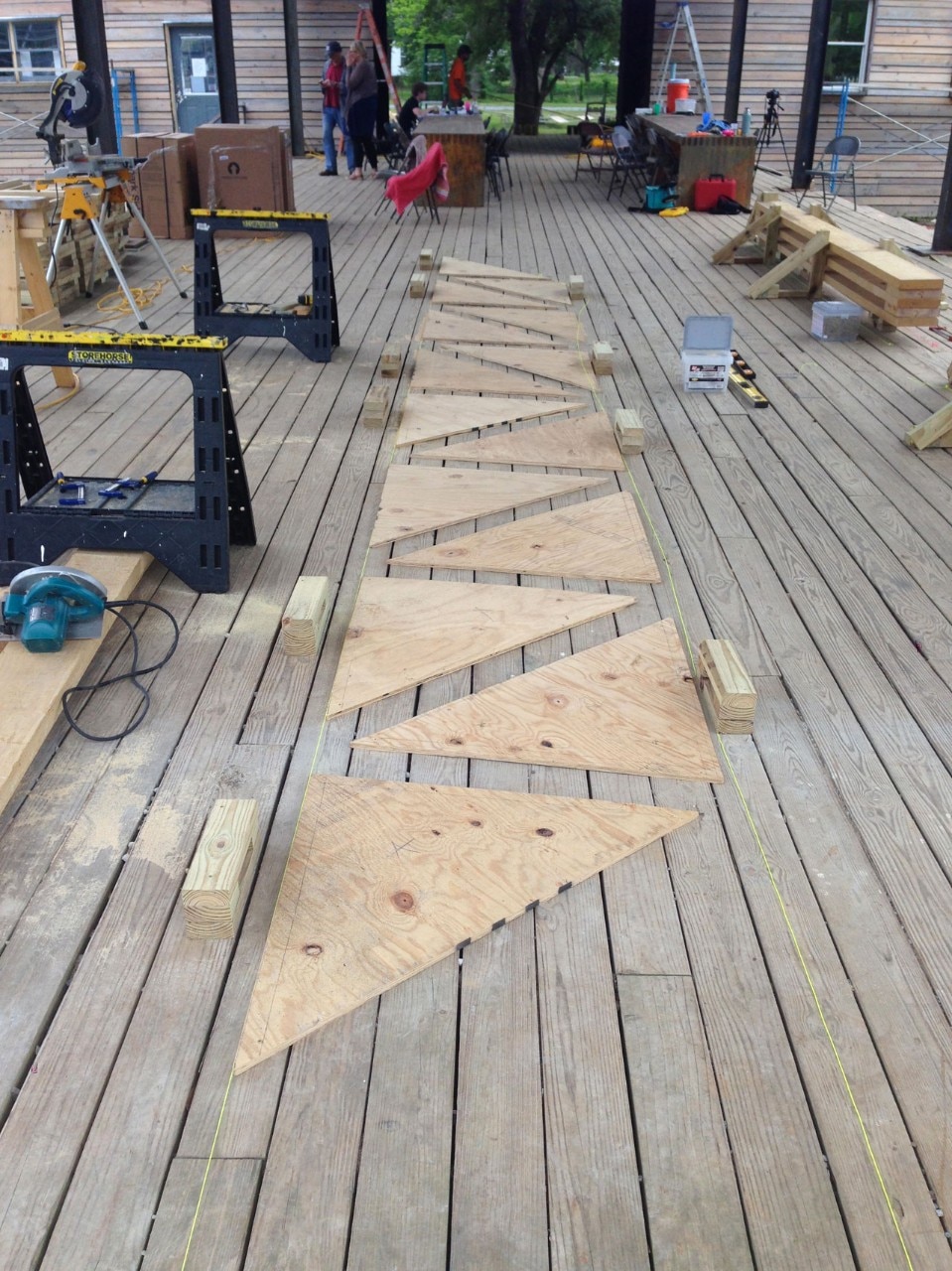
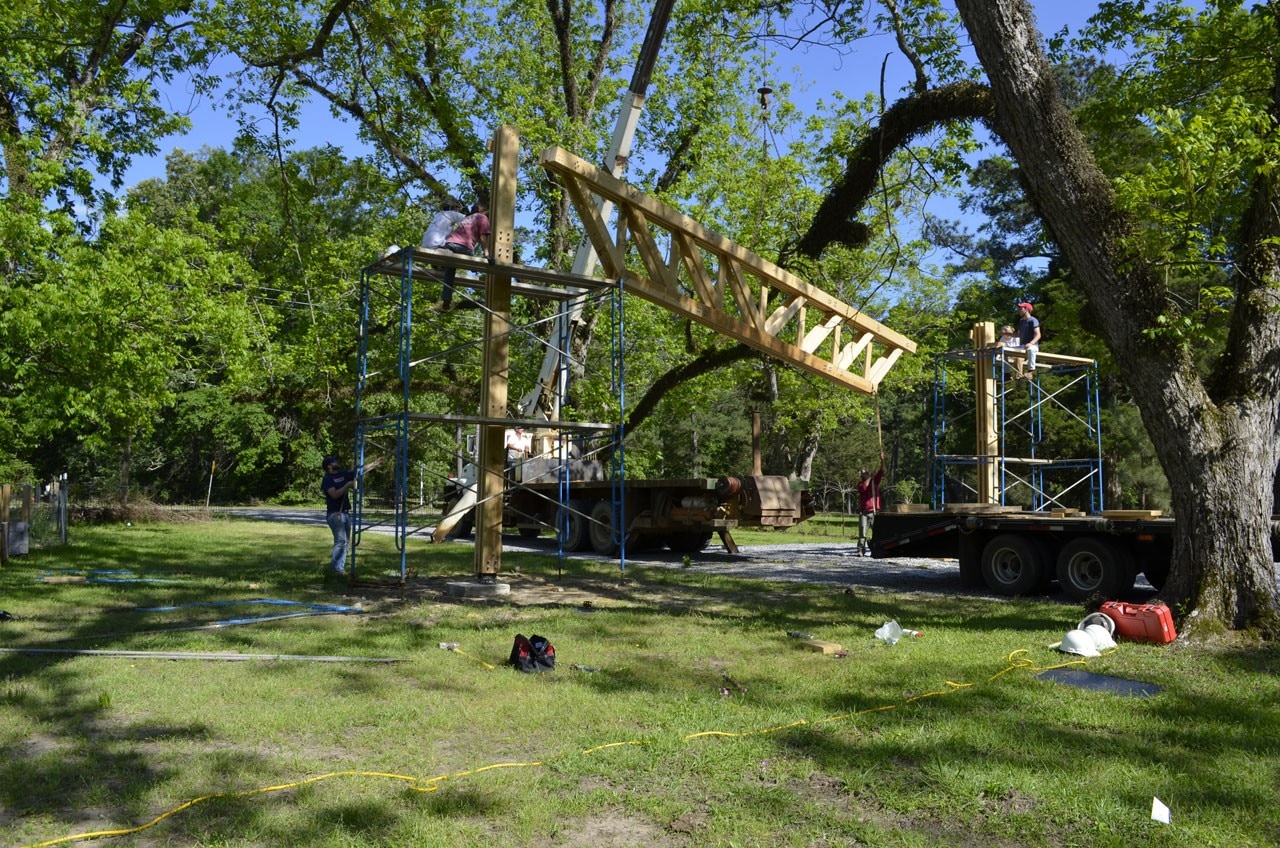
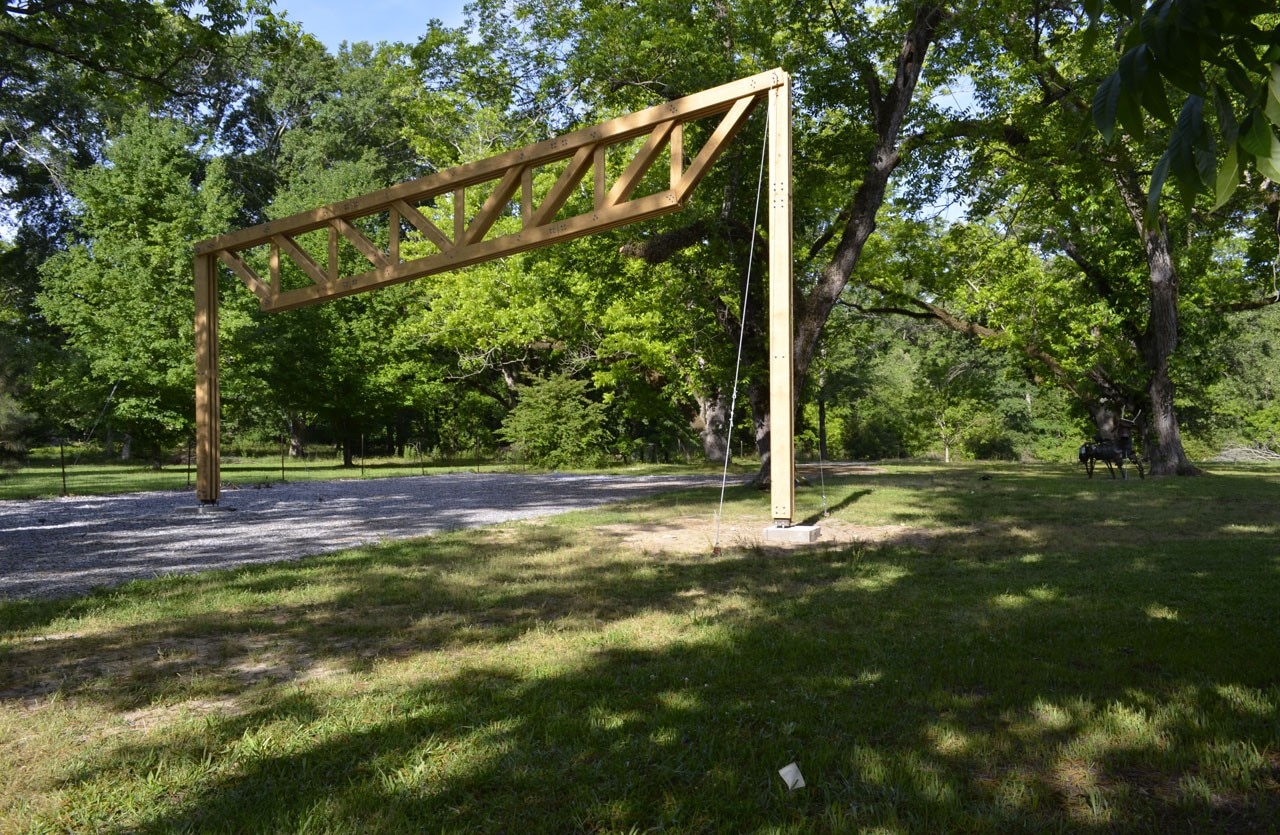
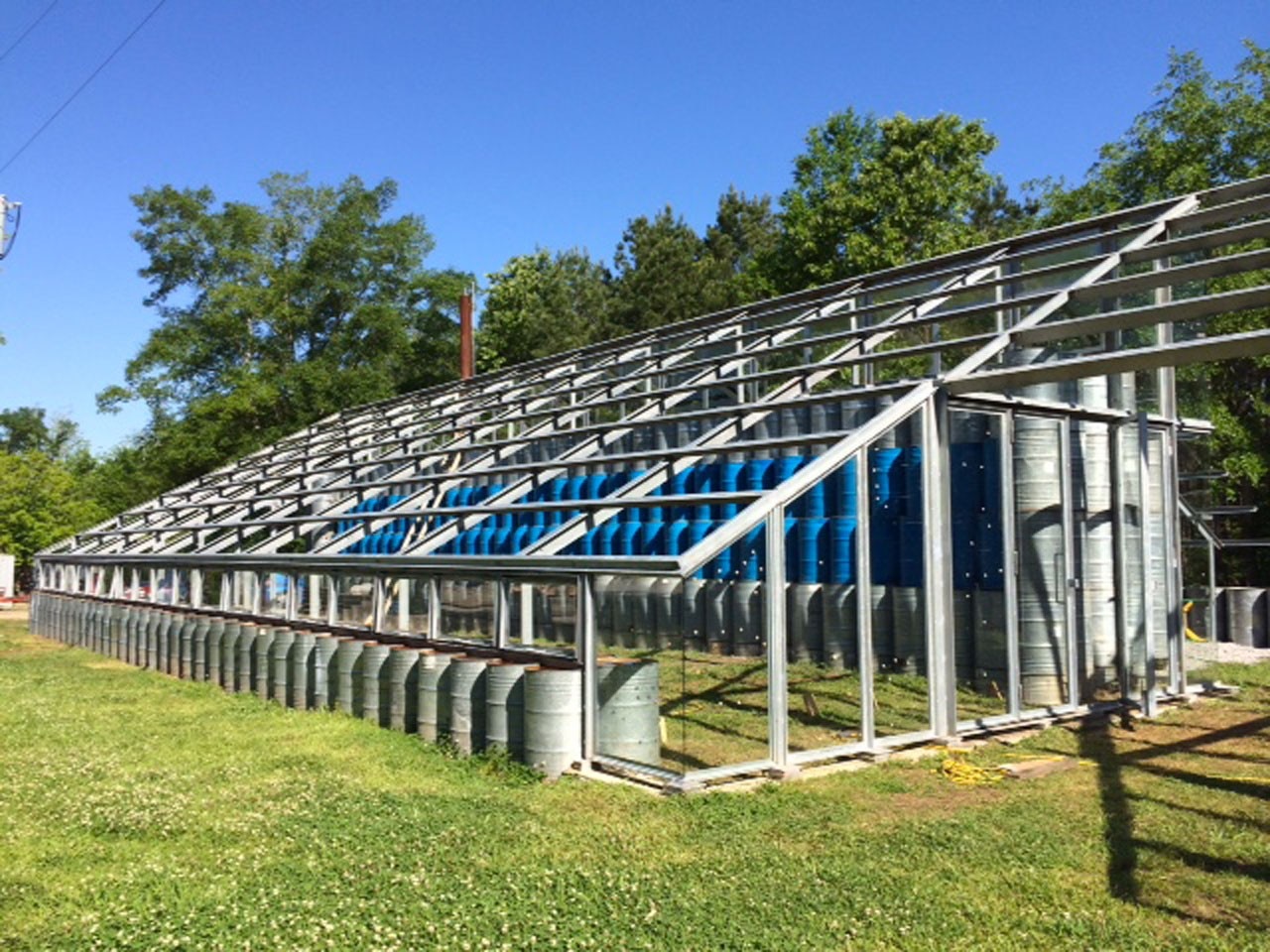
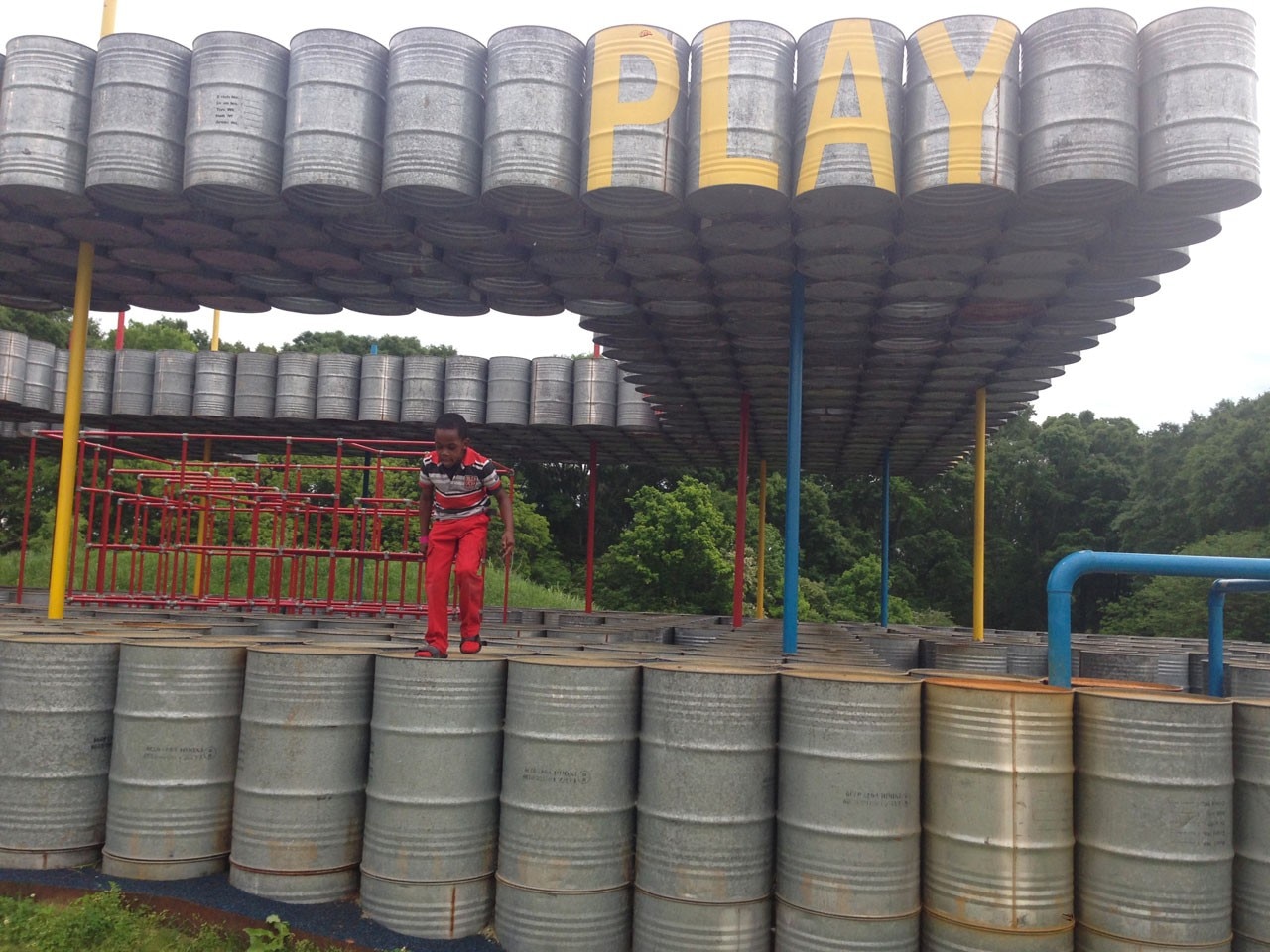
The 20K $ Houses (2005-) are more than a reality-check exercise, they are a challenge that was met and the stakes raised. Many 20K $ Houses have been built and are inhabited by the families who committed to this adventure, often bringing different cultures and a scarcity of material wealth.
My impression – in this expanded village of 120 residents, far away from cinemas, theatres and other urban things – is that they are a handful of happy resisters. Well before the New Year’s Eve Party, former students who have graduated arrive to lend an enthusiastic hand and I try to understand what life is like after Rural Studio and whether this design & build course works in terms of what they encounter on the outside. Whether, for example, the quest for simplicity in that joint or detail helped them in their lives afterwards. The question attracts mixed but consistent answers from former students who – having perhaps spent less time on theoretical speculation – work with some significance as regards being in the world.
I notice that everyone in the town knows Rural Studio and greets Elena, having seen her frequently on the construction sites with her students – and not on television.


